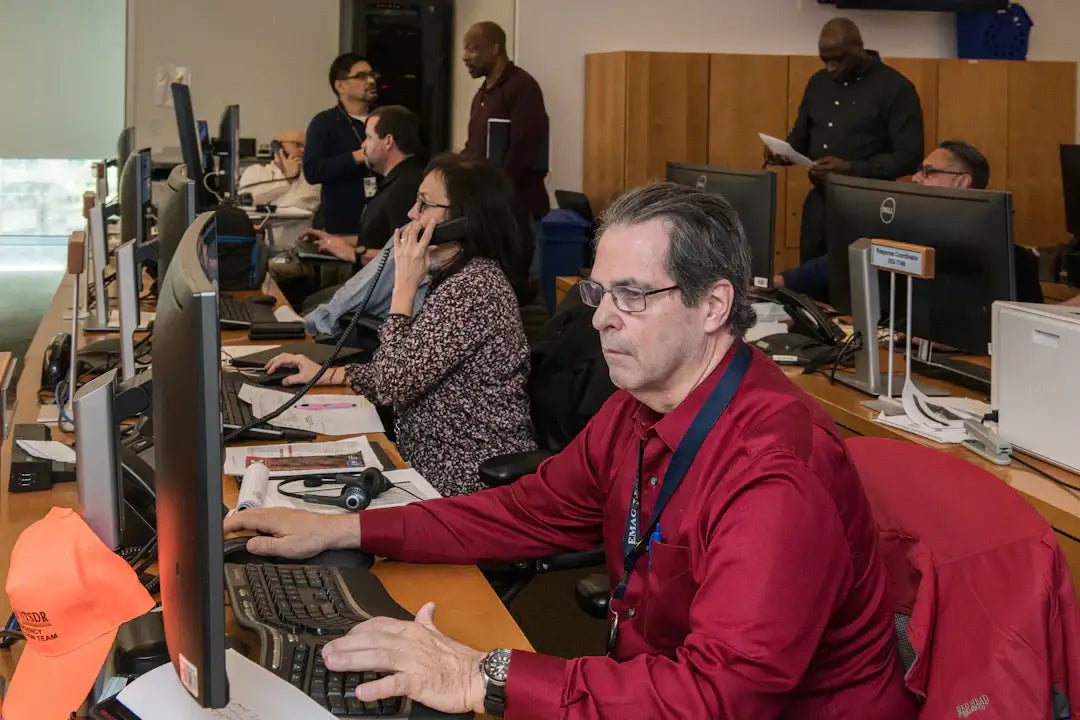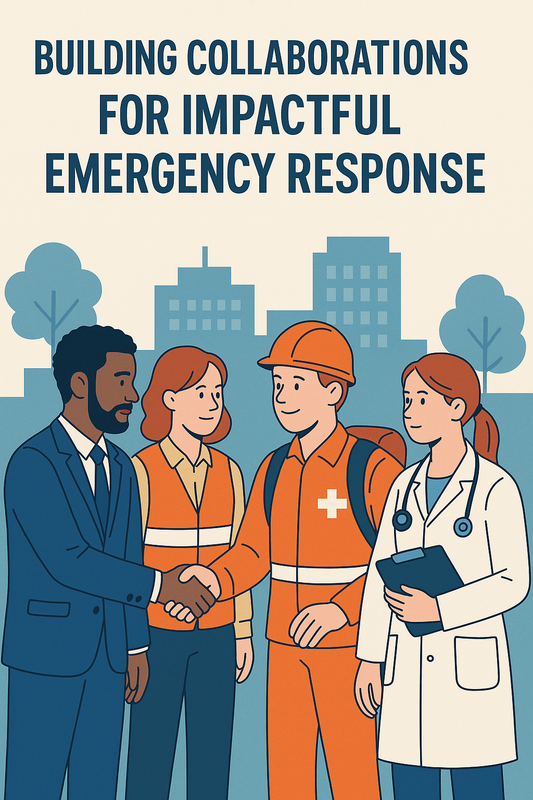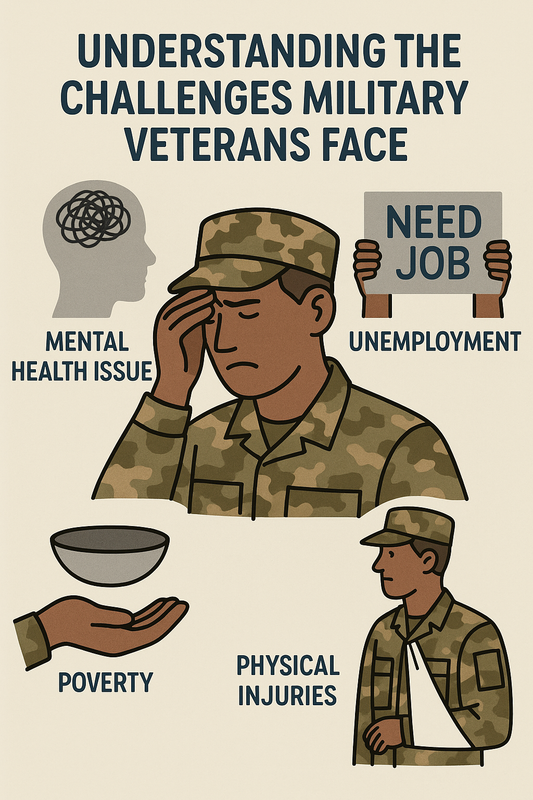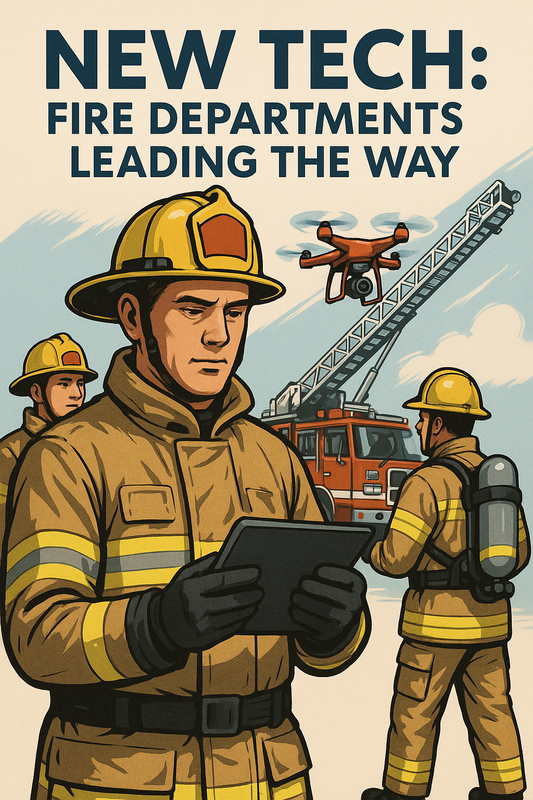
The 21st Century's Emergency Services Revolution
Frequently Asked Questions
1. What are the key advancements in emergency services in the 21st century?
2. How has technology improved emergency response times?
3. What is community paramedicine?
4. Why is community engagement important for emergency services?
5. What challenges do modern emergency services face?
The world has seen dramatic changes in various sectors over the last two decades, and emergency services are no exception. As society becomes increasingly dynamic and more connected, the evolution of emergency services in the 21st century reflects advances in technology, communication, and training methods. In this article, we will explore how these essential services have transformed, the challenges they face, and their impact on communities—especially in regions such as Central America. Whether you are a coffee connoisseur passionate about Central America coffee or someone who appreciates the tireless efforts of medical workers, this exploration will provide enlightening insights.
Understanding the Roots of Emergency Services
Before delving into the evolution of emergency services, it’s important to acknowledge their historical roots. From the establishment of the first ambulance in the 19th century to organized fire brigades and police forces, emergency services have always been about community protection and response. However, the 21st century has brought about unprecedented changes that push the boundaries of what emergency services can achieve.
Technological Innovations in Emergency Services
The Role of Technology
With the boom of technology, emergency services have incorporated various tools that enhance their efficiency and effectiveness. One of the most significant contributions has been the integration of communication technologies. For instance, advanced systems allow for instant communication between dispatch and responders, ensuring that help arrives promptly. Smartphones equipped with GPS have also revolutionized how emergency services locate incidents.
Data-Driven Decision Making
Another technological advancement is the utilization of data analytics. Emergency services now employ data-driven decision-making to allocate resources strategically. This involves analyzing incident patterns to determine areas that require more focus, which helps in both response times and resource management.
The Changing Face of Emergency Medical Services
The Rise of Community Paramedicine
Emergency medical services (EMS) have undergone a transformative shift with the emergence of community paramedicine. This innovative approach allows medical workers to offer preventive care and address non-emergency situations within the community. For instance, paramedics can visit patients in their homes to manage chronic conditions, thus reducing the burden on hospitals. This holistic approach not only benefits individual patients but also contributes to overall community health.
Telemedicine in Emergency Services
Telemedicine has also emerged as a game-changer for emergency services. Through video calls and mobile applications, medical professionals can provide real-time consultation in critical situations. This allows EMS to assess a situation accurately before arriving on scene, saving precious moments in severe cases.
Improving Training and Personnel Support
Enhanced Training Programs
The training of medical workers has evolved significantly. With the introduction of simulation technology, emergency response training can now replicate real-life scenarios in a controlled environment. This not only boosts skill sets but also prepares personnel for high-stress situations. As a result, emergency responders are better equipped to deal with the complexities of modern emergencies.
Supporting Mental Health Among Emergency Responders
The mental health of medical workers is critical in maintaining a high standard of care. As awareness of mental health issues grows, support programs have become integral to emergency services. These programs provide counseling, stress management workshops, and peer support, creating a healthier work environment where responders can thrive.
The Importance of Community Engagement
The Role of Education in the Community
Community engagement is key to enhancing emergency services. By educating individuals about first aid and emergency procedures, communities empower themselves to act during crises while waiting for professional help. Workshops and training sessions can help instill confidence, making the community an active participant in maintaining safety.
Cultural Sensitivity in Emergency Responses
In regions like Central America, understanding cultural practices and beliefs is essential for effective emergency response. Emergency services must be culturally sensitive, respecting local customs while ensuring health and safety protocols are followed. This not only facilitates better communication but also builds trust within the community, reinforcing the relationship between medical workers and the public.
Challenges Facing Modern Emergency Services
Resource Limitations
Despite the advancements in emergency services, resource limitations remain a significant challenge. Many regions still lack adequate medical equipment, trained personnel, and funding. This directly impacts the quality of service provided. Governments and organizations must work together to address these disparities, especially in underserved regions like parts of Central America.
Climate Change and Natural Disasters
Climate change has escalated the frequency and severity of natural disasters, placing additional stress on emergency services. Regions prone to hurricanes, earthquakes, and floods must have strategies in place to respond quickly and effectively. As such, adaptability becomes a core principle in emergency planning and response initiatives.
Looking Towards the Future
Global Collaborative Efforts
The future of emergency services will likely lean heavily towards collaboration across borders. By sharing knowledge, technology, and resources, countries can better prepare for natural disasters, pandemics, and other emergencies. Global partnerships will enhance training programs, improve research on effective practices, and bolster overall resilience.
Continuing to Evolve With Society
As societies evolve, emergency services must keep pace. This means embracing new technologies, understanding community dynamics, and adapting operational protocols. Future generations of medical workers will be tasked with not only responding to emergencies but also educating and advocating for community health, making their role more critical than ever.
Your Role in Supporting Emergency Services
While emergency services are designed to help you, there are ways you can contribute to their efficacy. Advocacy for better resources, volunteering, and participating in community education programs are all proactive steps you can take. Every bit of effort helps foster a culture of support for those dedicated to servicing the community, especially in critical times.
Join the Movement Towards a Safer Future
The landscape of emergency services is changing rapidly, and each day marks a new milestone in this journey. As we navigate through the complexities of the 21st century, it is vital to recognize the contributions of medical workers and community responders who tirelessly work to ensure our safety and health. Together, we can learn from the past, embrace technological advancements, and build stronger communities equipped to handle any challenge. So, let’s unite in support of emergency services and create a brighter, safer future for all.




